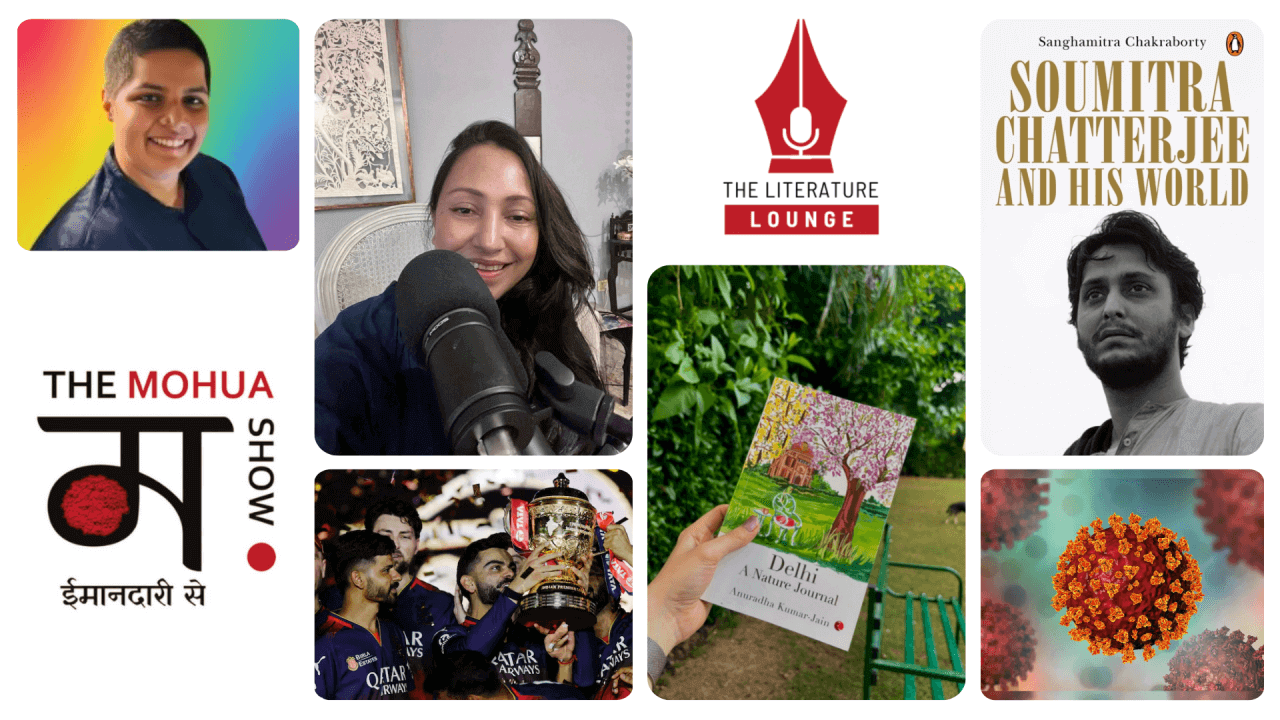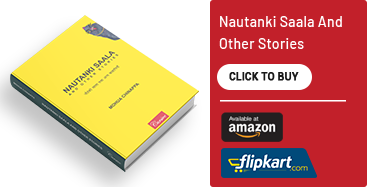The Film-maker Who Painted With his Camera

My favourite film till date remains Pather Panchali by Satyajit Ray. The film is an adaptation from Bibhutibhushan Bandhopadhyay’s novel “Aam Atir Bhepu”.
This was a novel that I read as a pre-teen during my summer break with Ma. She helped me with the allegory and the descriptive narrative of a poor family living in rural Bengal.
As I travelled with the characters of the novel, into their lives and their feelings, I had tears flowing down my eyes and wetting my cheeks, and I choked when Durga died with high fever in the novel, when Indira Thakuran was found dead by a tree in the village.
The song that Indira Thakuran sang remains the most melancholic tune for me. She was praying to the lord seeking her death and the lyrics were- “that the day has ended and dusk has befallen, now take me oh lord to the other side of the world.” In Bengali it reads as “Hori din je gelo, sondhe hole, paar koro he amare.“
As I write these lines, I again begin weeping inconsolably and watch the tear drops on my paper soaking me with memories of my grandmother who I called Dida, she too most evenings sang the same song, after the death of her most loved only son.
This song even today haunts me and manages to break me into fragments that time can’t collect to put back together again. I switch it off from my head because I am embarrassed to crack up near people.
The film surreally captures the divide between the rich & the poor. The utter despair of the father as he left the village for the city, to earn more for the family and only to return with more money to a dead daughter at home.
I feel that lump even today when I watch this film, yet I don’t tire marveling at the genius filmmaker who created a new genre of neo-realism that was like a painting on screen.
There are very few filmmakers who can attempt to create this level of lyrical poignancy on screen and do complete justice to the author’s voice.
Ray was a master craftsman behind the lens and created each frame like a painting that you longingly look at and sigh deeply as the frame moves from nothing to more absolute nothingness, the void and the lost wishes of a poor brahmin family in Bengal. At the core of his effectiveness as a filmmaker is bringing human emotion to the front and center by placing characters in the correct setting, and letting emotion pervade the frame.
Akira Kurosawa, his contemporary and who is still considered one of the masters of the realist school, said of Ray, “Not to have seen the cinema of Ray means existing in the world without seeing the sun or the moon.” Elia Kazan said, “If he were in Hollywood, he would have proved a tough challenge for all of us.”.
They were not the only ones to feel this way: Francis Ford Coppola (The Godfather), Martin Scorcese (Taxi Driver, Raging Bull, Gangs of New York), Elia Kazan (A Streetcar Named Desire, East of Eden), Christopher Nolan (Memento, The Dark Knight, Dunkirk), Keanu Reeves and many others expressed similar amazement at Ray’s mastery over every aspect of film-making.





I look back at my childhood and I can see myself in Durga & Apu running behind the Mishtiwala for one free mishti.
Many millennials in cities today unfortunately cannot relate to what it is to wait at the corner of a street to beg for a free sweet from the sweet seller, or old bottles and bottle caps being used as toys.
On a good day, you might just chance upon a shiny little stone you find lying on the grass while playing hide and seek, and you treasure it and hold it against the sun to feel the reflection of the rainbow colours on your skin.
I think very few children of today would empathize with a story like Aam Atir Bhepu where less is so much more. But then again, once they are old enough to watch serious film, I can think of few better ways to learn a little of the past, of love and life, than watching Ray’s films.
I recall travelling with my parents to a small village called Phulia in West Bengal, and feeling a thrill in watching the train pass. Just like Durga and Apu, holding his little hands and as the kaash flowers sways like a painting, the train moves and the camera is on both their faces painted with such honest shock, wonder and awe, that only an artist of Ray’s talent could create on screen.
Pather Panchali remains my companion forever. Just as I was doing up my studio, where I do my writings, meeting work related people and at times running away from the responsibilities, I always stop and stare at the film poster that adorns my wall, reminding me of my childhood like a vintage portrait and I sigh deeply. I don’t know if it’s a deep sadness of unresolved issues or just nostalgia of memories that you thought would keep you warm on cold chilly nights of loneliness.

Pather Panchali, a travellers tale, made at such a small budget with Ravi Shankar’s music, was only possible by none other than the utterly handsome and intense Satyajit Ray.
The only Indian filmmaker to have received an Oscar for this human tale of loss, love, childhood, poverty and more with such finesse that no other in the history of Indian film making has yet been able to achieve.
This post was written as a tribute to Satyajit Ray on his birthday, May 2nd 1921.
Don’t forget to follow me on Facebook and Instagram to stay updated with many more articles about women, art, culture, interesting people and unsung heroes every week!
Links:
- An article on the surprisingly long process it is taking to make sure that Ray’s work is preserved and restored for modern viewing: https://scroll.in/article/709091/the-long-road-to-restoration-for-satyajit-rays-apu-trilogy
- An interview with the man himself, talking about his craft: https://www.youtube.com/watch?v=6RcBf-r80OU
- https://www.indiewire.com/2014/08/why-the-best-american-filmmakers-owe-a-debt-to-satyajit-ray-23072/





